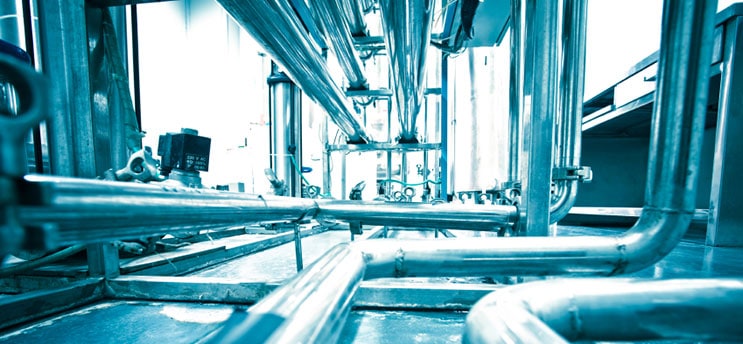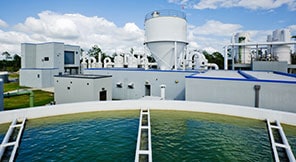Pulsating Valve Reduces Clogging in Fluid Flow Membranes
Easily installed or retrofitted for wastewater treatment, desalination, and industrial processes

Designed for reverse osmosis water desalination plants, this technology is a mechanical method that reduces the need to clean biofouled membranes within an enclosed continuous fluid flow system. Organic matter present in water or other fluids tends to attach and grow on surfaces within the boundary layer of the flow. Filters and membranes are subject to clogging as these biofilms form, which reduces flow and requires frequent cleaning. By pulsing the flow of liquid, this technology reduces the amount of organic material that collects on membranes, minimizing downtime for cleaning cycles, prolonging membrane life, and lowering replacement costs.
Technology Summary
This innovation generates a pulsating flow through the membrane, which provides enough pressure to detach the colonies of bacteria before they can form large patches and ultimately an extensive biofilm.
How It Works
 Powered either by a secondary high-pressure line or an external electric motor drive system, an eccentrically rotating impeller generates a periodic pulsing of fluid into the primary low-pressure line. The pulsating pressure causes a surge in the cross-flow velocity, placing the initial attached bacterial colonies in motion and detaching part or all of the organic material that has formed on the membranes. The pulse amplitude can be tuned by varying the size of the bore of the impeller, and the period of the pulse can be tuned by changing the amount of eccentricity between the impeller and its housing.
Powered either by a secondary high-pressure line or an external electric motor drive system, an eccentrically rotating impeller generates a periodic pulsing of fluid into the primary low-pressure line. The pulsating pressure causes a surge in the cross-flow velocity, placing the initial attached bacterial colonies in motion and detaching part or all of the organic material that has formed on the membranes. The pulse amplitude can be tuned by varying the size of the bore of the impeller, and the period of the pulse can be tuned by changing the amount of eccentricity between the impeller and its housing.
Why It Is Better
Competing products evaluate biofilm formation and provide cleaning via microwaves, vibration, or gas-generated pulses. This innovation offers a purely mechanical method of preventing biofouling altogether. The technology requires no power, and the device can be integrated into existing systems. By reducing the need to clean clogged membranes in a fluid flow system, this technology helps companies reduce the downtime and expense of cleaning or replacing membranes, which increases overall operational efficiency.
IP Protection
KAUST has a patent pending for this technology.
Invention Track Code
2011-057

Benefits
- Efficient: Reduces operational downtime and the number of cleaning cycles.
- Configurable: Tunable to match the specifications of virtually any continuous fluid flow system.
- Simple: No power required.
- Low cost: Easy to install or retrofit on existing systems.
- Versatile: Can be used in most continuous fluid flow systems.
![966608_24258993[1]](https://innovation.kaust.edu.sa/wp-content/uploads/2015/06/966608_242589931.jpg)
Applications
- Water desalination.
- Wastewater treatment.
- Industrial processing (e.g. gas, chemical, semiconductors).
- Offshore drilling seawater pumping.
- Power plants (e.g. cooling towers, heat exchangers, boilers).
- Food processing (e.g. cheese, beer, juice).
- Pharmaceuticals.
